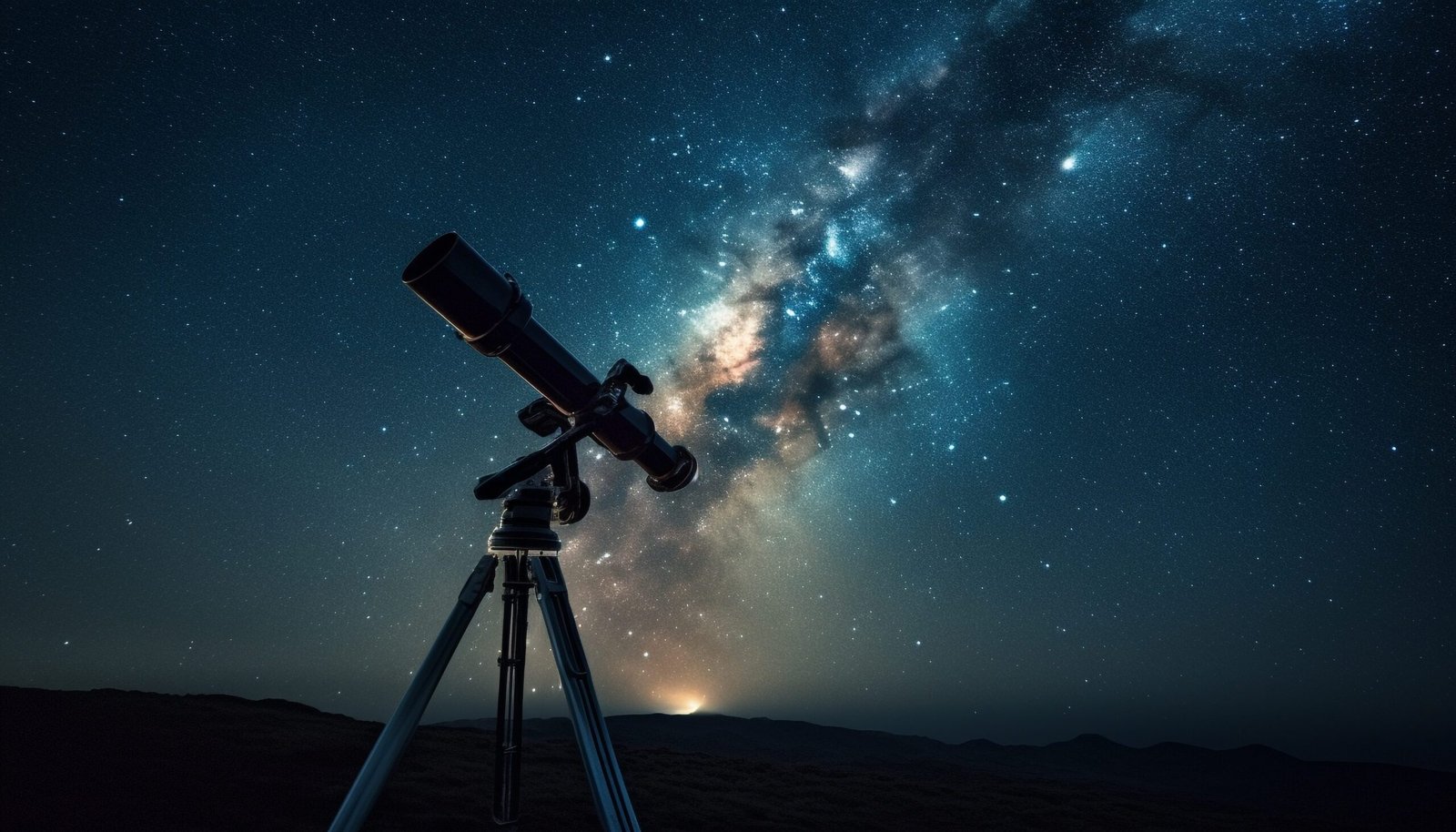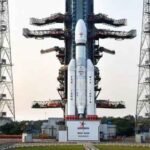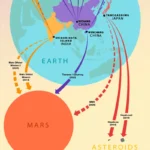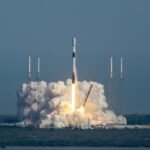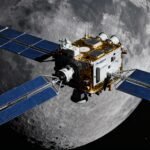The cosmos is on the brink of a new era. With the success of telescopes like Hubble and the James Webb Space Telescope (JWST), the next decade promises even more groundbreaking discoveries. By 2030, next-generation space telescopes will push the boundaries of astronomy, uncovering the mysteries of exoplanets, dark matter, and the early universe.
1. What Makes Next-Generation Telescopes Different
Future space telescopes will surpass their predecessors in several ways:
- Enhanced Sensitivity: Detecting faint light from distant stars and galaxies.
- Larger Mirrors: Capturing more light to see farther into the universe.
- Advanced Instruments: Spectrometers and cameras that can analyze atmospheres of exoplanets.
- Multi-Wavelength Observations: From ultraviolet to infrared, revealing cosmic phenomena invisible to current telescopes.
2. Key Upcoming Space Telescopes
- Nancy Grace Roman Space Telescope (2027 Launch)
- Focus: Dark energy, exoplanet census, wide-field surveys.
- Unique Feature: Wide-field imaging comparable to Hubble’s clarity but 100 times larger.
- LUVOIR (Large UV/Optical/IR Surveyor)(Conceptual by 2030)
- Focus: Direct imaging of Earth-like exoplanets and detailed galaxy studies.
- Mirror Size: 15 meters or more for unprecedented resolution.
- HabEx (Habitable Exoplanet Observatory)(Potential 2030 launch)
- Focus: Detect and characterize habitable planets around nearby stars.
- Technology: Starshades to block stellar glare for clear exoplanet imaging.
- Origins Space Telescope(Infrared focus)
- Goal: Study the formation of stars, galaxies, and planetary systems.
- Advantage: Detecting the faintest cosmic dust emissions and early universe signals.
3. How They Will Transform Astronomy
- Exoplanet Exploration: Identify Earth-like worlds and potential habitability.
- Galaxy Evolution: Observe the formation and collision of galaxies over cosmic time.
- Dark Matter and Dark Energy Research: More precise measurements will refine cosmological models.
- Early Universe Studies: Look back 13+ billion years to the birth of the first stars and galaxies.
4. Challenges Ahead
While promising, these telescopes face significant hurdles:
- Funding and International Collaboration: Building multi-billion-dollar telescopes requires global cooperation.
- Technological Innovations: Mirrors, detectors, and launch vehicles must meet extremely precise requirements.
- Maintenance: Unlike Hubble, future telescopes may not be serviceable, requiring flawless initial designs.
5. Conclusion
The next generation of space telescopes is set to redefine our understanding of the universe by 2030. From uncovering the secrets of distant exoplanets to peering into the earliest galaxies, these advanced instruments will usher in a new era of cosmic discovery. The coming decade promises a universe more vivid and mysterious than ever before.

